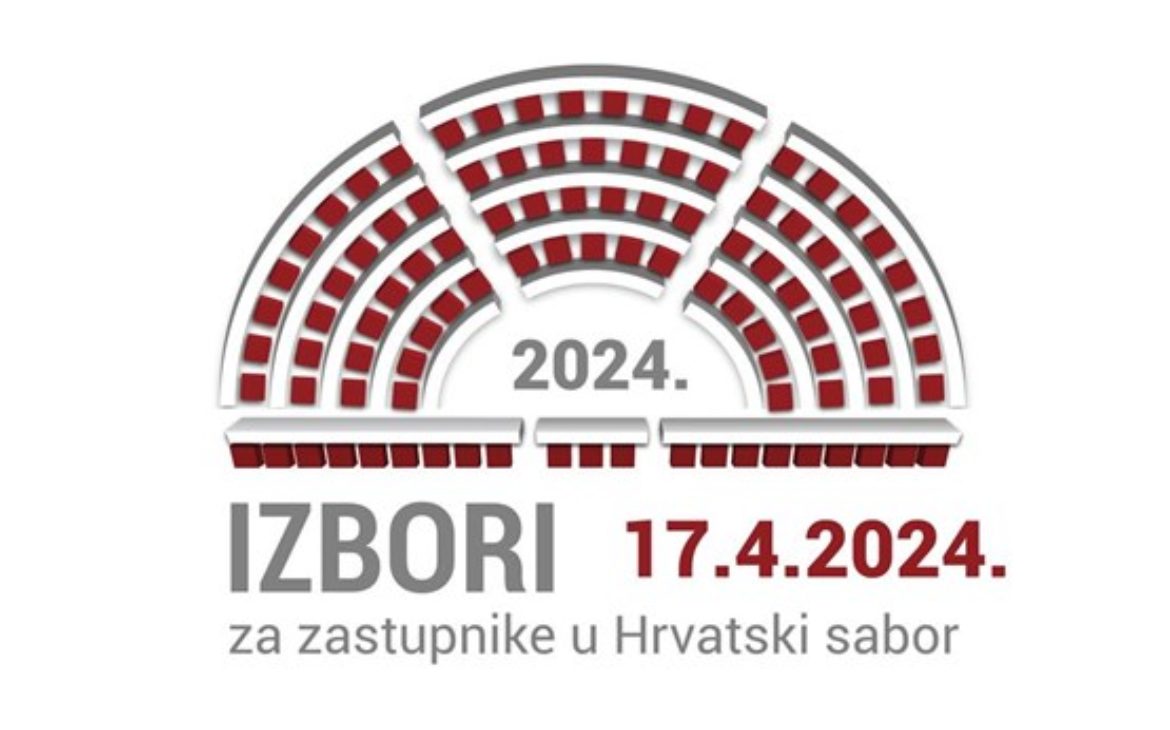The verification results show a positive trend, indicating that most statements made in the public space and then disseminated through the media are accurate.
“Enhancing the Culture of Fact-Checking” is the name of a project conducted by the Croatian Public Relations Association (HUOJ) in collaboration with media professionals from Lider Media and experts from the Faculty of Economics at the University of Zagreb, financed by the European Union.
The aim of the project is to improve fact-checking practices, enhance the quality of information verification mechanisms in media editorial offices as well as independent fact-checking organizations, and generate educational content to enable easier identification of misinformation and effective combating of the same. The project focuses on verifying information in the field of economy and business that is disseminated to the public during official election campaigns through social media posts, debates, interviews, and official programs. Through four election cycles (parliamentary elections for representatives in the Croatian Parliament, European Parliament elections, local and presidential elections), researchers verify statements from the five most popular Croatian parties: HDZ, SDP, Most, Možemo, and Domovinski pokret.
Statements on the mentioned topics are verified through the following channels: HINA, HRT, NOVA TV and RTL, Jutarnji list, Večernji list, Novi list and Slobodna Dalmacija, dnevnik.hr, 24sata.hr, dnevno.hr, and official websites of political parties: HDZ, SDP, Možemo, Most, Domovinski pokret, official Facebook pages of political parties: HDZ, SDP, Možemo, Most, Domovinski pokret, and official profiles of political candidates (according to Ipsos research): HDZ, SDP, Možemo, Most, Domovinski pokret.
The first cycle of verification—checking statements during the parliamentary elections for representatives in the Croatian Parliament—covers the period from April 2 to April 16, 2024, during which more than 40 statements were submitted for further verification and consideration, and 10 were selected and processed in the final verification: three statements from HDZ representatives, two from Možemo!, two from Most, one from Domovinski pokret, and one from SDP.
The most important aspect of the fact-checking process is the accuracy assessment, which involves an accuracy meter with five decreasing ratings. A statement can be rated as COMPLETELY TRUE, meaning the statement is accurate and lacks nothing significant, MAINLY TRUE, meaning the statement is accurate but requires additional explanation or information. Additionally, a statement can be rated as NEITHER TRUE NOR FALSE, indicating the statement is partially accurate but omits important details or takes things out of context. A statement can also be MAINLY FALSE, meaning it contains an element of truth but ignores critical facts that would give a different impression, or COMPLETELY FALSE, meaning the statement is not accurate.
Most of the verified statements were completely true (40%), followed by completely false (20%), and neither true nor false (20%). The remaining statements were mainly true (10%) or mainly false (10%). The verification results show a positive trend, indicating that most statements made in the public space and then disseminated through the media are accurate.
Post-election recapitulation of the specialized research unit for fact-checking resulted in improvements in the information verification process. The initially defined accuracy meter, which had five decreasing ratings (completely true, partially true, neither true nor untrue, mainly untrue, completely untrue), was reduced to three (true, neither true nor untrue, false) for better quality and efficiency of measurement and easier public understanding.

